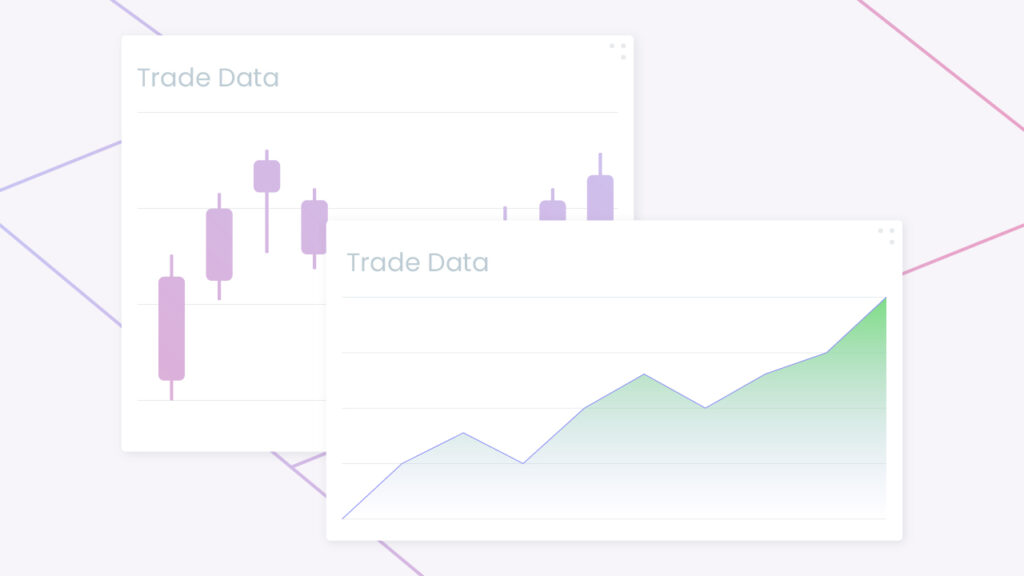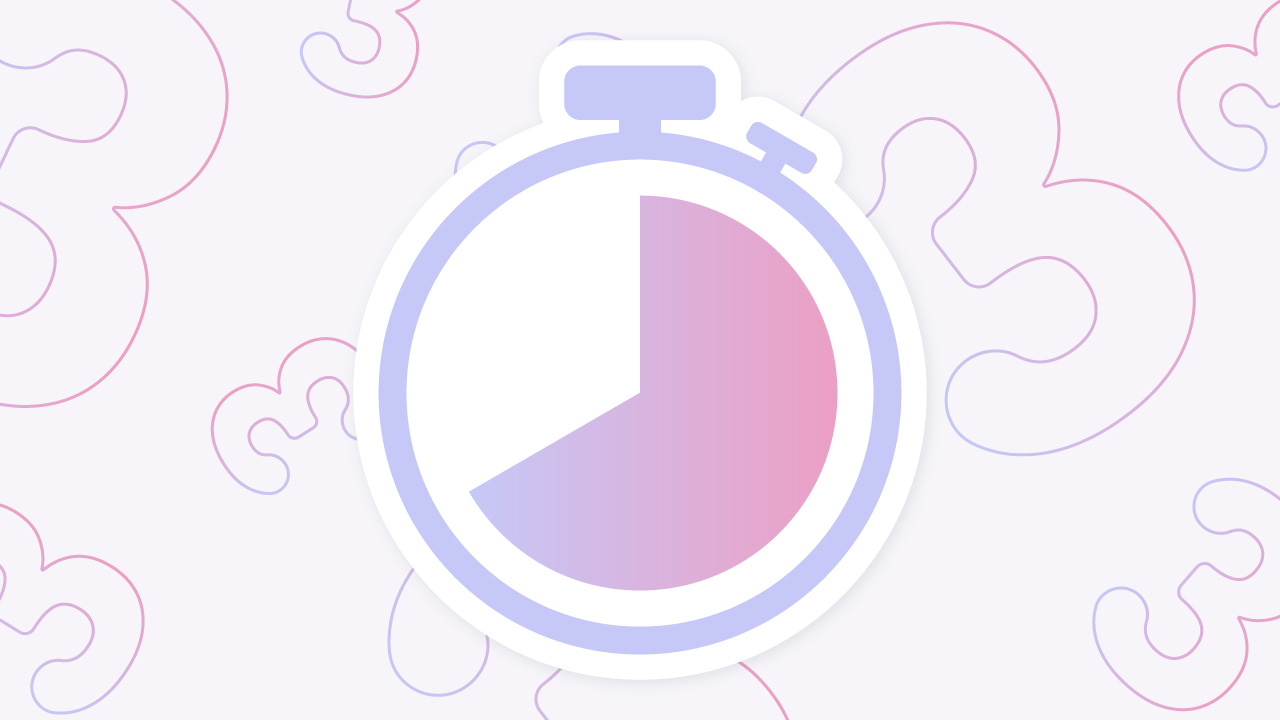Step 1: Identify Repeatable Patterns
Reviewing your journal weekly reveals which setups, sessions, or strategies consistently work and which don’t.
This helps refine your focus.
Tip: Use filters to analyse trade outcomes by tag or strategy.
Step 2: Spot Emotional Triggers and Trends
Emotional patterns (e.g., revenge trading after a loss, fear after a losing streak) are easier to detect when reviewing journal entries in batches.
Tip: Highlight emotion tags and overlay them on performance data.
Step 3: Adjust Your Trading Plan Based on Data
A regular review provides feedback that can lead to key changes—like dropping underperforming setups or tightening risk.
Tip: Create a “Trade Plan Adjustments” section in your journal or Notion dashboard.
Step 4: Measure Progress and Set Goals
Reviewing your stats and reflections helps benchmark progress and establish focused goals for the next week or month.
Tip: Use a rolling 4-week dashboard to measure improvement.
Step 5: Reduce Emotional Overload
Weekly reviews provide mental clarity by placing individual trades into a broader context, reducing overreactions to any one result.
Tip: Use end-of-week journaling prompts to frame the week.
Step 6: Boost Accountability and Discipline
Knowing you’ll review your trades keeps you accountable during the week. You’re more likely to stick to your rules.
Tip: Partner with a mentor or peer for shared review sessions.
Step 7: Question Prompts for Weekly Review
Include these as part of your journal template or review process:
- What was my best trade and why?
- What was my worst trade and what caused it?
- Did I follow my trading plan this week?
- What setups worked best?
- What emotional states affected my decisions?
- What is my focus for next week?
- Visual Idea: Printable or Notion-based review sheet with these questions
Step 8: Create a Weekly Summary Snapshot
A high-level summary of trades, win/loss stats, and key takeaways gives you clarity and direction for the following week.
Tip: Use pivot tables or templates to generate an automatic snapshot.
Step 9: Reinforce Good Habits
Seeing improvement like consistent execution or fewer emotional mistakes builds positive reinforcement.
Tip: Track habit goals like “no impulsive trades” alongside results.
Step 10: Stay Adaptable in Changing Markets
Market conditions evolve. Reviewing your journal helps you spot when your current strategy needs adjusting.
Tip: Tag journal entries with market context (e.g., “ranging,” “high volatility”).
Final Thought
A trading journal isn’t just for logging—it’s for learning. A 30-minute review each week could be the highest ROI activity in your trading process.
Over time, these sessions reveal the difference between a guess and a strategy.


